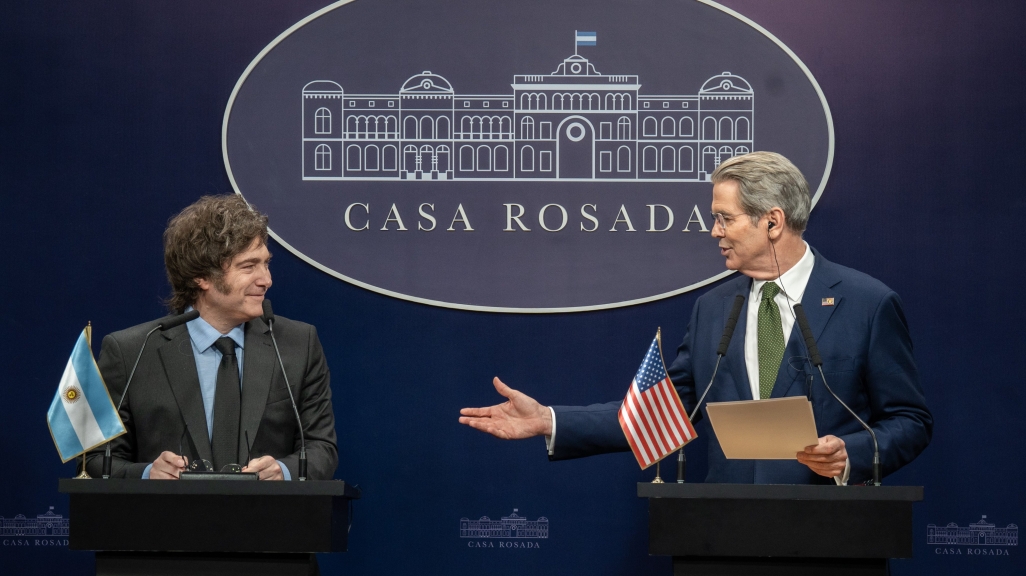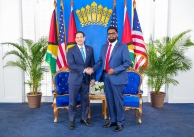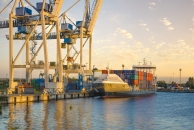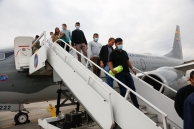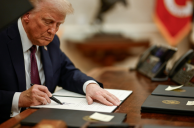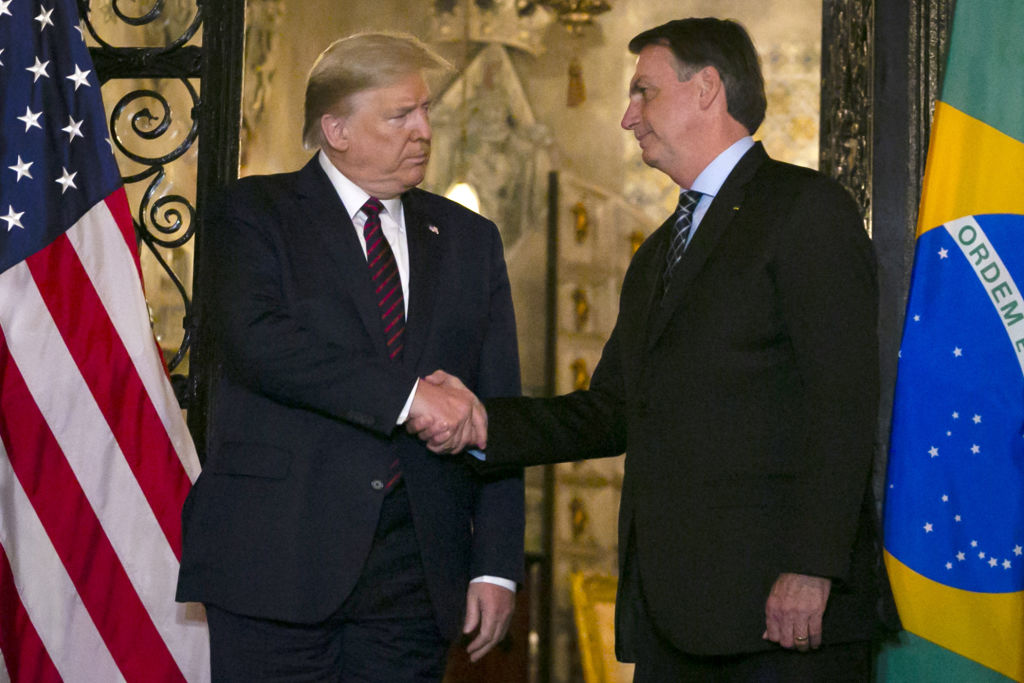The Trump Cabinet's Visits to Latin America
The Trump Cabinet's Visits to Latin America
Find out what countries in the Americas Trump administration officials visited, updated after each official trip.
This piece was originally published April 17 and has since been updated.
Shortly after his confirmation hearing, Secretary of State Marco Rubio made his first international trip in February, choosing Latin America as his destination and sending an early signal of the region’s centrality in the foreign policy of President Donald Trump’s second term.
He’s not the only high-level Trump official to fly south. Within less than a hundred days of government, numerous cabinet members have made voyages around the Western Hemisphere to meet with presidents and discuss issues around trade and migration.
AS/COA Online tracks the visits, by official, and gives a snapshot of what was discussed in each. Learn about the Trump administration’s efforts on the ground, across Latin America.
The U.S. secretary of state's visit focused on supporting the region’s oil and gas industry and addressing concerns related to Cuba, Haiti, and Venezuela.
What does the U.S. president's “America First” trade policy mean for the region? AS/COA is monitoring the new administration's approach.
The U.S. president is resurrecting first-term tactics and promising a more aggressive reduction in immigration. AS/COA is monitoring the regional impacts.
AS/COA is tracking the U.S. president's actions toward the region, including on trade and migration.

